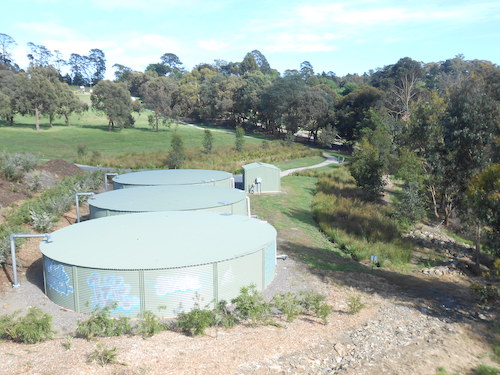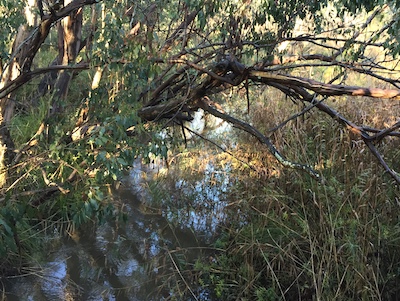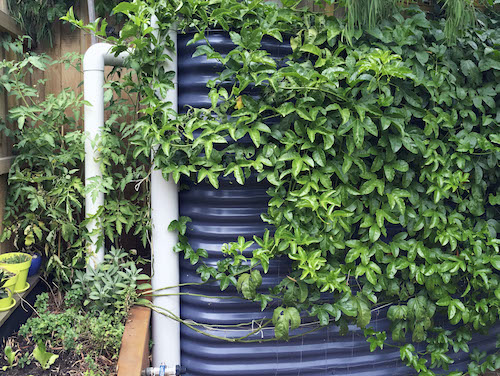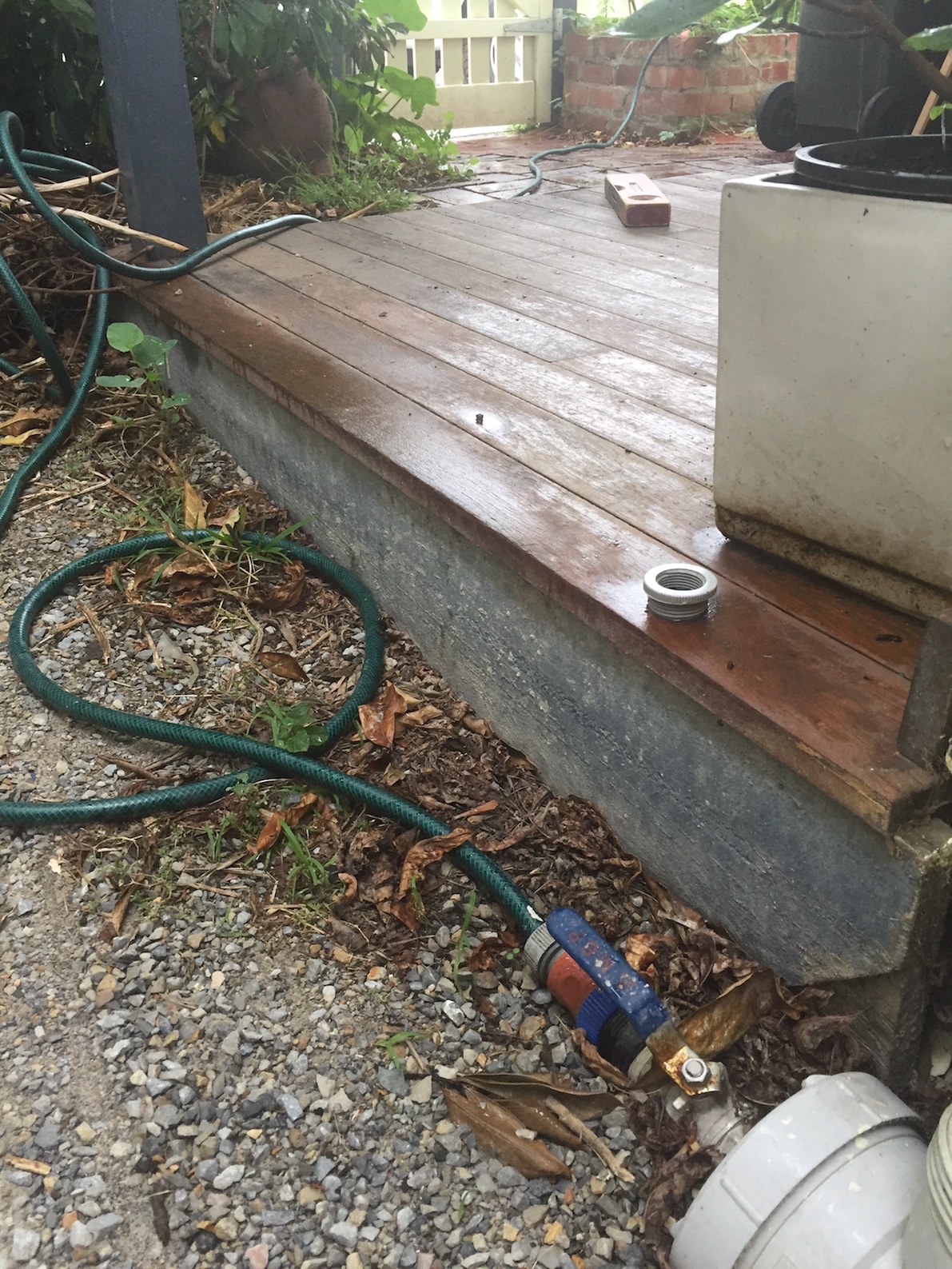Featured paper
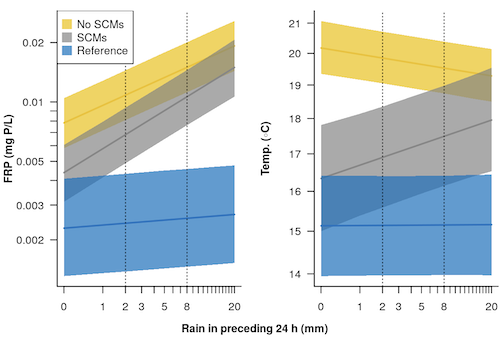 Walsh, C. J., Imberger, M. J., Burns, M. J., Fletcher, T. D., & Bos, D. G. (2022). Dispersed urban-stormwater control improved stream water quality in a catchment-scale experiment. Water Resources Research, e2022WR032041.
Walsh, C. J., Imberger, M. J., Burns, M. J., Fletcher, T. D., & Bos, D. G. (2022). Dispersed urban-stormwater control improved stream water quality in a catchment-scale experiment. Water Resources Research, e2022WR032041.An outcome of the Little Stringybark Creek experiment, which aimed to test if creeks downstream of stormwater drainage can be restored. 100s of rain-gardens that allow to water soak into surrounding soils and be taken up by plants, and rainwater tanks for harvesting, were installed in two suburban catchments. Comparing water quality before and after installation, in experimental streams, and in urban control and reference forested streams, we showed that filtering and harvesting stormwater reduced summer temperatures and reduced concentrations of phosphorus and nitrogen, critical contaminants for healthy streams. The reductions were greatest in dry weather, and after small amounts of rain. To achieve water quality similar to forested streams, we need rain-gardens and harvesting systems that catch runoff from nearly every roof and road upstream. Achieving that will require reserving space near pipe outlets to streams for final treatment systems, and finding ways to use the excess water generated by roofs and roads. DOI: 10.1029/2022WR032041
Recent posts
Avoiding rather than offsetting urban stream biodiversity losses
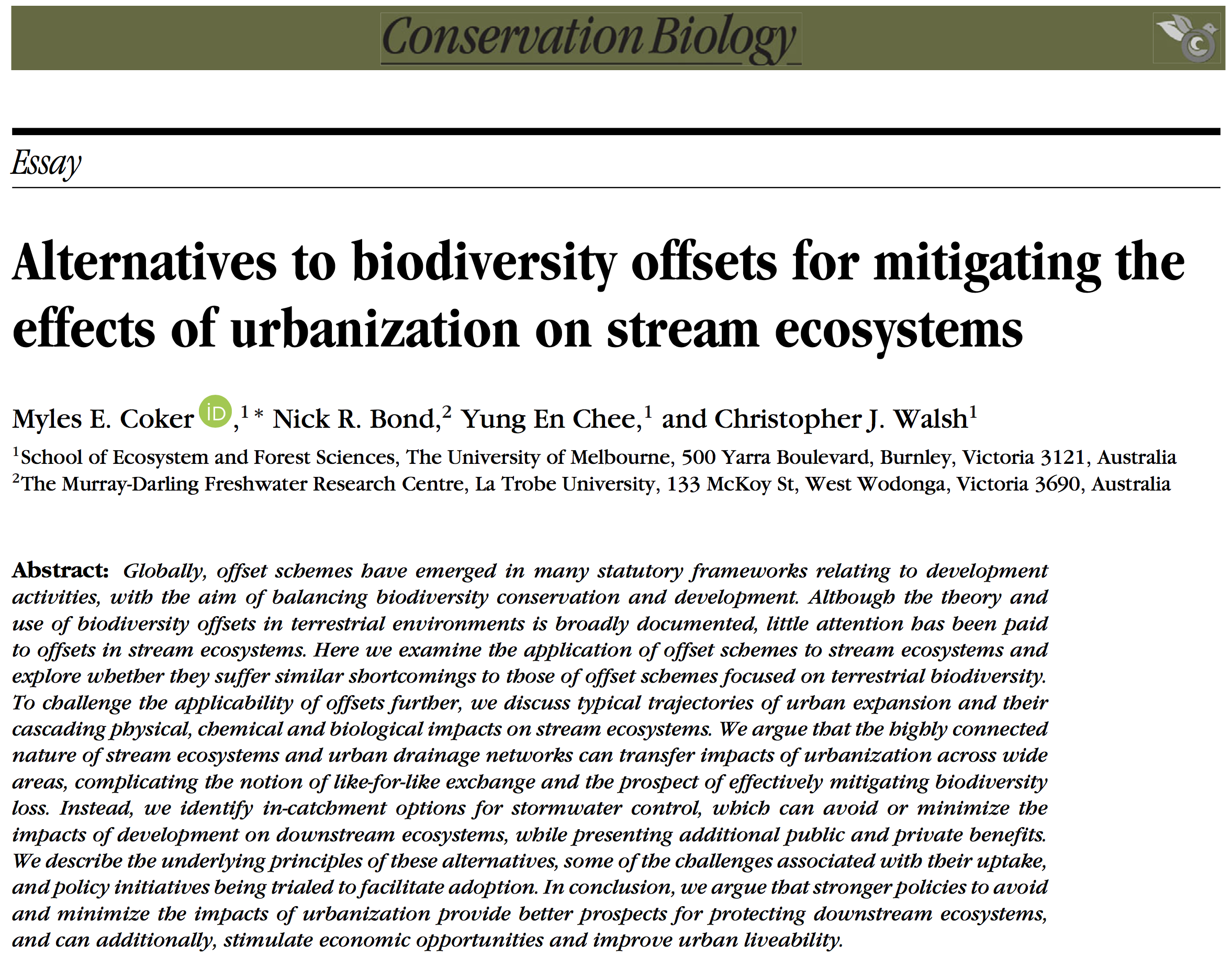
Biodiversity offsets are a popular policy tool to atone for the damage done by land development. Trouble is, they often don’t achieve their stated aims of ‘offsetting’ the development’s biodiversity losses with conservation gains elsewhere. The problem is amplified if the animals and plants you are trying to protect live…
Why we need to keep urban stormwater out of dry rivers
I was asked to give a talk to a meeting at Environmental Justice Australia’s community forum for Rivers of the West last night. As usual, I banged on about the importance of stormwater retention and harvesting to protect rivers and streams, including in dry areas like the west of Melbourne. …
Cleaning out a charged downpipe rainwater harvesting system
How much baseflow should be flowing down any particular stream?
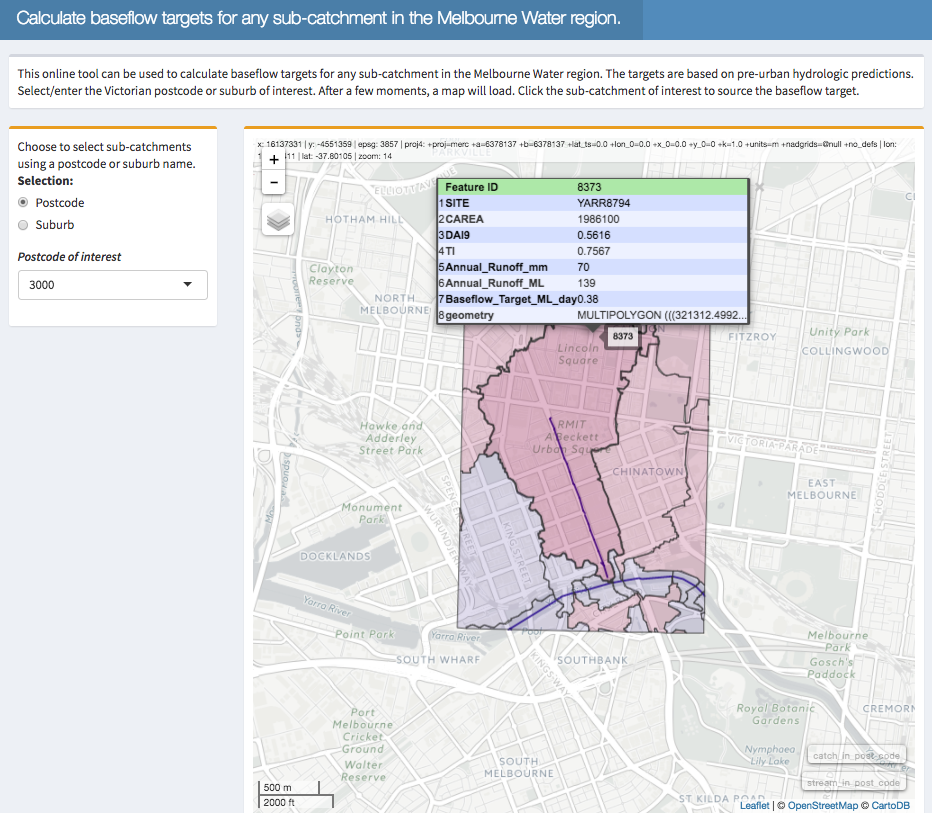
Matt Burns of the WERG has developed a new tool that has joined the urbanstreams.net family. The Baseflow Estimator can help assess how much water should be flowing down any stream (or drain) across the Melbourne region. Matt explains… For undeveloped, unregulated catchments, very little rainfall becomes streamflow. For example…
This site is maintained by Chris Walsh,
Principal Research Fellow in the Waterway Ecosystem Research Group,
School of Ecosystem and Forest Sciences at The University of Melbourne.
He lives in Richmond, where he obsesses about his
house's stormwater runoff.
His research contributes to the Melbourne Waterway Research-Practice Partnership.
Other resources for Chris's research include:
Google Scholar,
The Open Science Framework,
GitHub,
The University of Melbourne's 'Find and Expert' page.
Contact details.
Waterway Ecosystem Research Group,
School of Ecosystem and Forest Sciences
The University of Melbourne Burnley Campus
Building 903, 500 Yarra Boulevard
Burnley Victoria 3121, Australia
Tel: +613 8344 9155
Fax: +613 9349 4218
e-mail: cwalsh@unimelb.edu.au
For directions to the WERG,
click on the pointer in this version of the map.
Privacy policy








